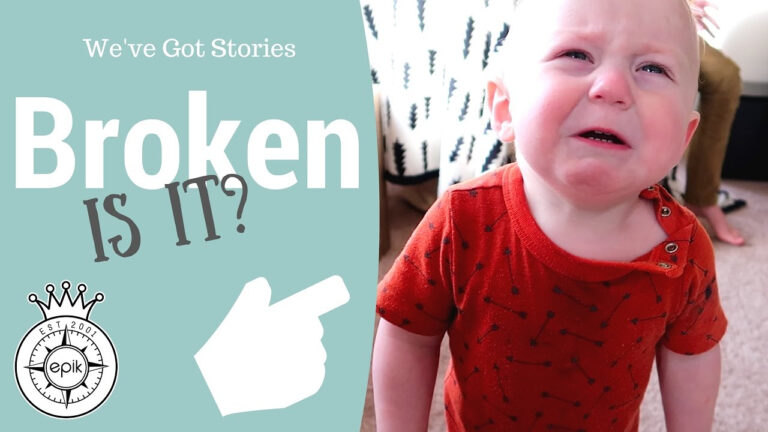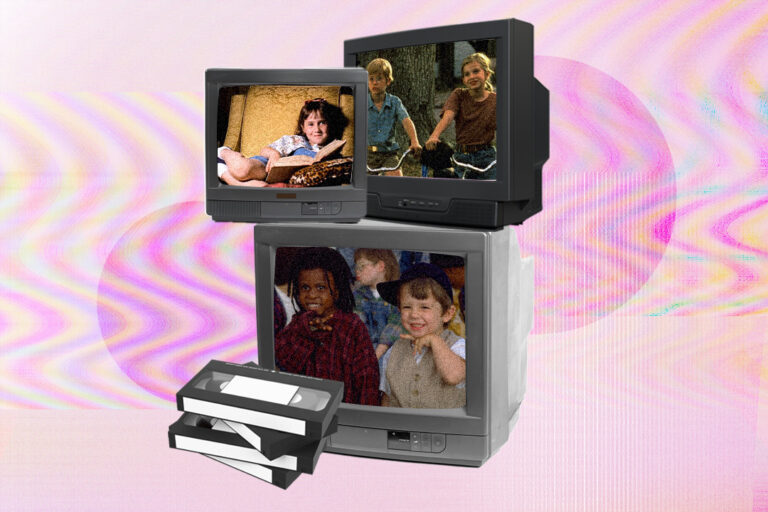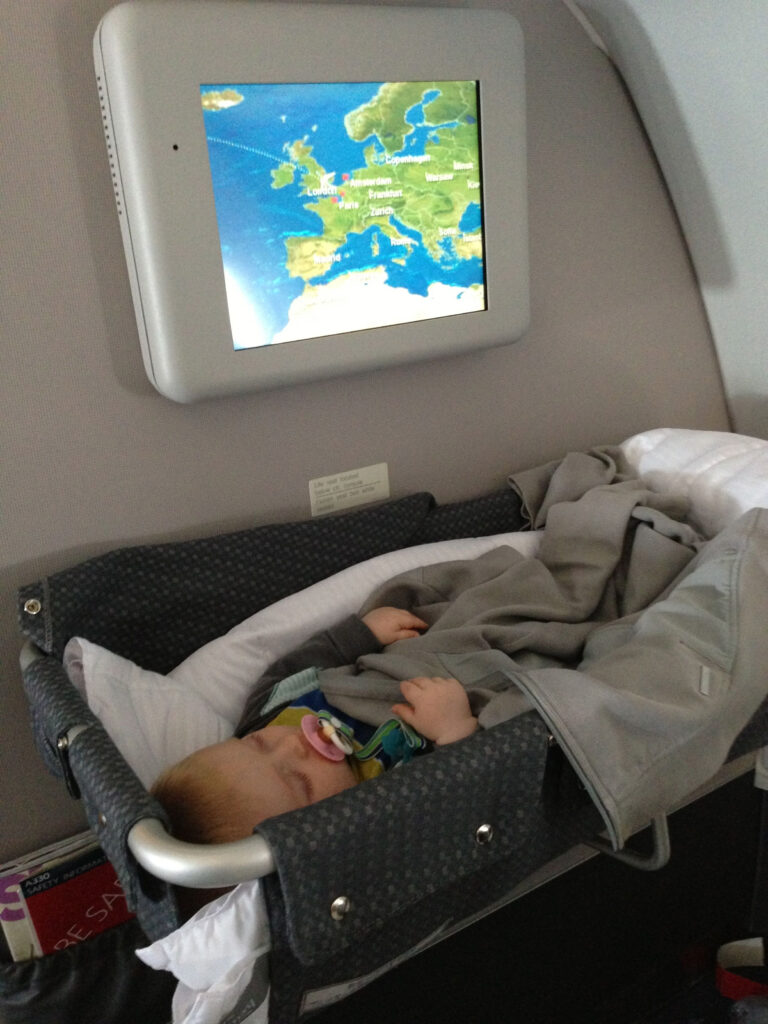When Do Babys Crawl: A Milestone in Infant Development
Witnessing your baby’s first crawl is a momentous occasion that marks a significant milestone in their development. It’s a sign that they are gaining independence and exploring the world around them. In this article, we will delve into the fascinating journey of when babies typically start crawling, what factors can influence this milestone, and what you can do to support and encourage your little one along the way.
Knowledge
Crawling is a crucial stage in a baby’s motor development that typically occurs between the ages of 6 to 10 months. It involves the coordination of various muscle groups, including the arms, legs, and core, to move in a coordinated manner on their hands and knees. This movement is essential for building strength, coordination, and spatial awareness in infants.
While every baby is unique and may reach milestones at their own pace, most babies begin crawling between the ages of 6 to 10 months. Some babies may start crawling as early as 5 months, while others may not crawl until they are closer to a year old. Factors such as muscle strength, coordination, and motivation can influence when a baby starts crawling.
Before your baby starts crawling, they may exhibit signs of readiness, such as rocking back and forth on their hands and knees, pushing themselves backward, or showing an interest in moving towards objects. These are all indications that your baby is building the strength and coordination necessary for crawling.
There are several ways you can encourage and support your baby as they embark on their crawling journey. Providing ample tummy time, creating a safe and open space for them to explore, and placing enticing toys just out of reach can motivate your baby to start crawling. Remember to celebrate their efforts and offer plenty of praise and encouragement along the way.
Conclusion
When Do Babys Crawl is a key question for parents eager to track their baby’s development. By understanding the typical timeline for crawling, recognizing signs of readiness, and providing a supportive environment, you can help your baby navigate this exciting stage with confidence. Remember, every baby is unique, and it’s important to celebrate their individual progress and achievements.
In conclusion, crawling is a significant milestone in an infant’s development that sets the stage for future motor skills and exploration. By fostering a nurturing and encouraging environment, you can help your baby build the strength and coordination needed to crawl confidently. Embrace this journey with your little one and celebrate each new milestone they achieve.






